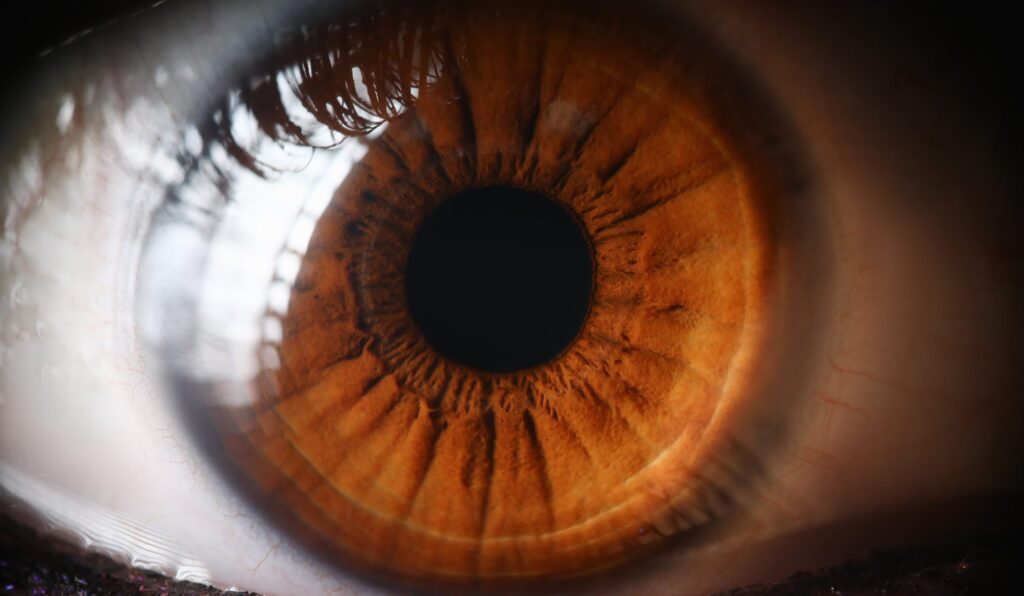An expanded clinical trial that tested a groundbreaking, experimental stem cell treatment for blinding cornea injuries found the treatment was feasible and safe in 14 patients who were treated and followed for 18 months. In addition, there was a high proportion of complete or partial success.
The study developed a two-stage manufacturing process utilizing cultivated autologous limbal epithelial cells (CALEC), the first xenobiotic-free, serum-free, antibiotic-free protocol developed in the United States to treat blindness caused by unilateral limbal stem cell deficiency (LSCD).
The procedure consists of removing stem cells from a healthy eye with a biopsy, expanding them into a cellular tissue graft in a novel manufacturing process that takes two to three weeks, and then surgically transplanting the graft into the eye with a damaged cornea.
The results of this new Phase I/II trial were published in Nature Communications in the paper, “Cultivated autologous limbal epithelial cell (CALEC) transplantation for limbal tem cell deficiency: a phase I/II clinical trial of the first xenobiotic-free, serum-free, antibiotic-free manufacturing protocol developed in the US.”

“Our first trial in four patients showed that CALEC was safe and the treatment was possible,” said Ula Jurkunas, MD, associate director of the Cornea Service at Mass Eye and Ear and professor of ophthalmology at Harvard Medical School. “Now we have this new data supporting that CALEC is more than 90% effective at restoring the cornea’s surface, which makes a meaningful difference in individuals with cornea damage that was considered untreatable.”
The team showed CALEC completely restored the cornea in 50% of participants at their three-month visit and that rate of complete success increased to 79% and 77% at their 12- and 18-month visits, respectively.
With two participants meeting the definition of partial success at 12 and 18 months, the overall success of CALEC was 93% and 92% at 12 and 18 months. Three participants received a second CALEC transplant, one of whom reached complete success by the study end visit. An additional analysis of CALEC’s impact on vision showed varying levels of improvement of visual acuity in all 14 CALEC patients.
CALEC displayed a high safety profile, with no serious events occurring in either the donor or recipient eyes. One adverse event, a bacterial infection, occurred in one participant, eight months after the transplant due to chronic contact lens use. Other adverse events were minor and resolved quickly following the procedures.
CALEC remains an experimental procedure and is currently not offered at Mass Eye and Ear or any U.S. hospital, and additional studies will be needed before the treatment is submitted for federal approval. The CALEC trial is the first human study of a stem cell therapy to be funded by the National Eye Institute (NEI), a part of the National Institutes of Health (NIH), and was the first stem cell therapy in the eye in the United States.
As an autologous therapy, one limitation of this approach is that it is necessary for the patient to have only one involved eye so a biopsy can be performed to get starting material from the unaffected normal eye. “Our future hope is to set up an allogeneic manufacturing process starting with limbal stem cells from a normal cadaveric donor eye,” said Jerome Ritz, MD, executive director of the Connell-O’Reilly Cell Manipulation Core Facility (CMCF) and a professor of medicine at Harvard Medical School, where the manufacturing of the stem cell graft takes place. “This will hopefully expand the use of this approach and make it possible to treat patients who have damage to both eyes.”
In the interim, future CALEC studies should include larger numbers of patients at multiple centers, with longer follow-ups and a randomized-control design.
“We feel this research warrants additional trials that can help lead toward FDA approval,” said Jurkunas. “While we are proud to have been able to bring a new treatment from the lab bench to clinical trials, our guiding objective was and always will be for patients around the country to have access to this effective treatment.”



